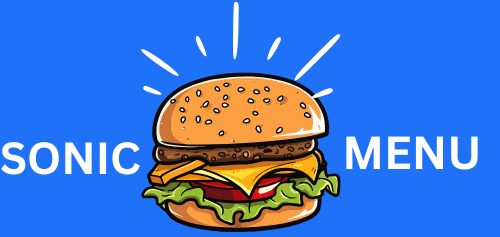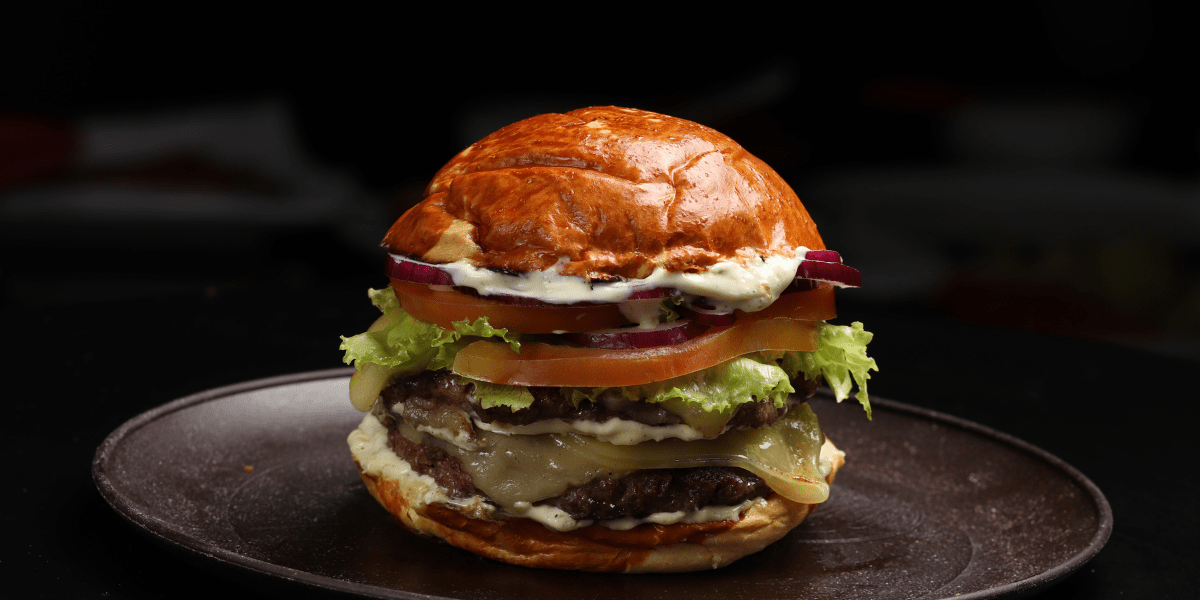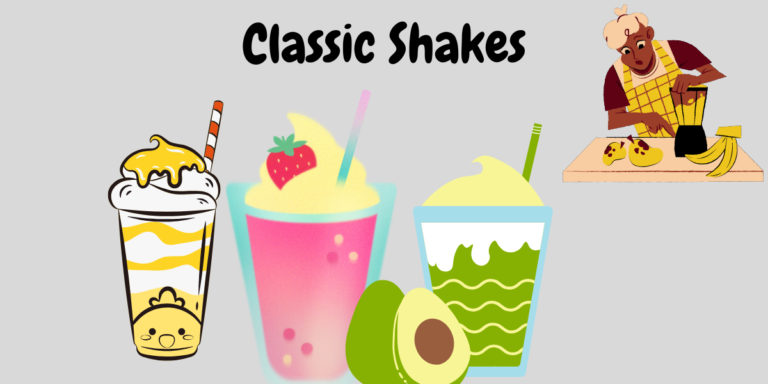The Ultimate Guide to Sonic Hamburger Menu
Introduction
When it comes to site design, efficiency and simplicity are paramount. The hamburger menu is one design feature that has become a standard in user interfaces. Condensing the recognizable three-line symbol navigation choices into a style that is simple to use gives it a powerful punch.
However, what if we told you that this classic has a special twist? Welcome to the world of Sonic Hamburger Menus, a novel approach that significantly enhances the user experience.
Explore Sonic Hamburger Menus’ history, features, best practices, and fascinating future developments by delving into this comprehensive guide. Prepare to improve your designs with insights that will stick with people long after they’ve left your website!

Sonic Hamburger Menu Design History and Evolution
Early mobile app interfaces are where Sonic Hamburger Menu design got its start. The designers aimed for a simple method of space organization that would allow for effortless navigation. This necessity gave rise to the immediately recognizable three-line emblem.
The design changed as cellphones became more and more popular. Quick access to functions without clogging displays is what users want. As a result, a lot of applications and websites now need the hamburger menu.
The Sonic Hamburger menus of today are modern and practical. They serve as a portal to information while retaining a simple appeal, skillfully balancing aesthetics and user experience.
This development emphasizes how crucial it is for designers to be flexible in order to react to evolving customer behavior as well as technological advancements.
Key Features and Characteristics of a Successful Sonic Hamburger Menu
A successful Sonic Hamburger menu places a high value on ease of use. It should be easy for users to comprehend how it works right away. A seamless navigating experience is facilitated by its clarity.
An important factor in user engagement is intuitive design. Users should be able to easily navigate to the areas they need with the help of easily identifiable icons and labels.
Additionally, accessibility is crucial. Keyboard navigation and screen reader compatibility are examples of features that increase accessibility and encourage interaction with a variety of audiences.
Brand identity is strengthened by visual uniformity. To provide users a unified appearance, the Best Practices for Designing a Sonic Hamburger Menu
When designing a sonic hamburger menu, clarity is key. Keep icons simple and recognizable. Use familiar symbols that guide users intuitively. Prioritize accessibility. Make sure your menu is easy to navigate for everyone, including those with disabilities. Implement proper contrast and font sizes for readability. Animation can enhance user experience but should be subtle. A smooth transition when the menu opens can create engagement without overwhelming visitors. Positioning matters too. Place the hamburger icon in a consistent location across platforms—usually at the top right corner of the screen—to meet user expectations. Test on various devices and screen sizes. What works well on desktop may not translate effectively to mobile screens, so ensure responsiveness across all formats for seamless interaction. Designing a Sonic hamburger menu can be tricky. One common mistake is overcrowding the menu with too many options. This can overwhelm users and lead to confusion. Another issue arises from poor iconography. If your icons aren’t recognizable, users will struggle to navigate effectively. Clarity should always come first. Neglecting mobile responsiveness is another pitfall. A design that looks great on a desktop might not translate well to smaller screens, frustrating mobile users. Failing to test your design before launch can result in significant oversights. Gathering user feedback during the development phase is crucial for success in creating an effective sonic hamburger menu. Several brands have effectively embraced the sonic hamburger menu, enhancing user experience while driving engagement. One notable case is Airbnb, which streamlined navigation through an intuitive design. Users find it easy to quickly access listings and account settings without clutter. Another example is Spotify. Their use of a sonic hamburger menu allows users to dive deep into playlists and favorites seamlessly. The minimalist approach encourages exploration while keeping essential features easily accessible. In contrast, Uber’s implementation emphasizes speed. Their Sonic hamburger menu provides quick links for ride options and payment methods, catering to on-the-go users. These cases illustrate how thoughtful design can transform the way consumers interact with digital interfaces. By prioritizing usability alongside aesthetic appeal, brands successfully elevate their platforms and foster loyalty among users. As technology evolves, so does the Sonic hamburger menu. Designers are now integrating voice recognition features. Users can navigate menus hands-free, enhancing accessibility. Animations and micro-interactions are gaining traction too. Subtle transitions create a seamless experience that feels more dynamic. This keeps users engaged while navigating through options. Personalization will also play a crucial role in future designs. Menus tailored to user preferences and behaviors can improve navigation efficiency significantly. Sustainability is becoming increasingly important in design choices, even for digital elements like menus. Eco-friendly principles might influence visual aesthetics and overall usability moving forward. Sonic hamburger menus have become an essential element in modern web and app design. Their ability to provide a clean, user-friendly experience is unmatched. As technology continues to evolve, so too will the designs and functionalities of these menus. Designers should keep exploring innovative ways to enhance usability while maintaining aesthetic appeal. By staying aware of trends and gathering insights from successful implementations, businesses can leverage sonic hamburger menus for maximum effect. Investing time into creating a well-thought-out sonic hamburger menu is bound to pay off in improved engagement and satisfaction rates among users. The future is bright for those who adapt quickly and creatively within this space.Common Mistakes to Avoid When Creating a Sonic Hamburger Menu
Case Studies: Successful Implementation of Sonic Hamburger Menus
Future Trends and Innovations in Sonic Hamburger Menu Designs
FAQs
Conclusion







